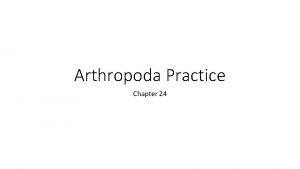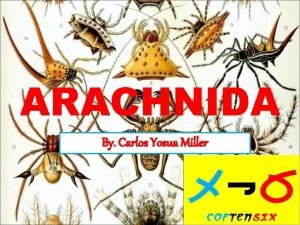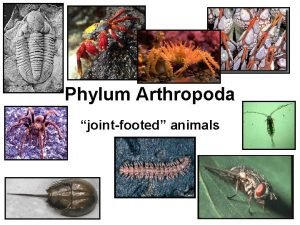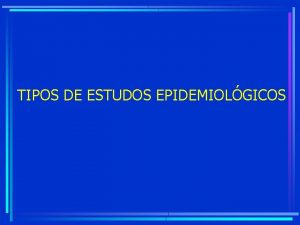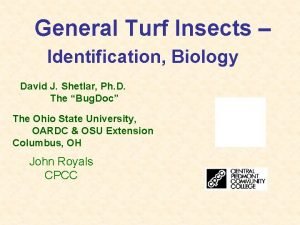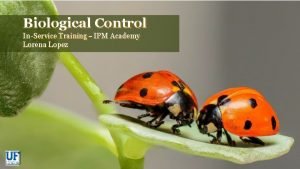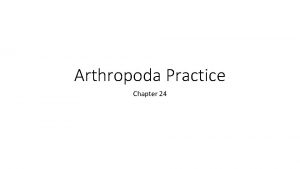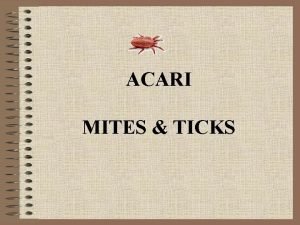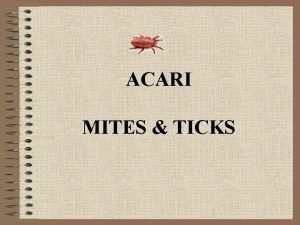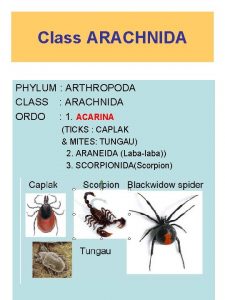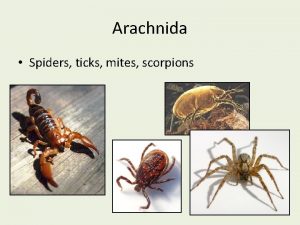Arthropoda Practice Chapter 24 Class Arachnida Ticks mites







- Slides: 7

Arthropoda Practice Chapter 24

Class Arachnida • • Ticks, mites, scorpions, and spiders No antennae Two body regions: cephalothorax and abdomen Feeding appendages are chelicerae Most are carnivorous They hold the prey with chelicerae, and pour enzyme-rich salivary juices over the victim Digestion is mostly external Most are terrestrial Black widow females tend to eat males after mating because males can only mate once and then die. It ensures the success of the offspring.

Class Crustacea • Lobsters, crayfish, shrimp, and others • Primarily aquatic • Free-floating larval stage • Branched appendages:

Class Chilopoda • Centi means hundred, pede means legs • 1 pair of legs per segment • Usually shiny, reddish brown, less than 3 inches long • Move rapidly, often found under logs; some in homes • Can bite • have poison claws- modified 1 st pair of legs • supposedly feels like a bee sting • South American centipedes can be up to 1 ft in length with a painful and agonizing bite!

Class Diplopoda • Millipedes milli means thousand, pede means legs • Most feed on decaying matter • Diplo means two, poda means feet, so two pair of legs per segment • Generally harmless detritus feeders • Some species can eject cyanide (poison), so be careful if traveling to South America

Merostomata • Horseshoe Crabs • Blue blood due to copper • Used to detect bacteria • Used to kill bacteria resistant to antibiotics • Study the eyes for insight into human eyes

Class Insecta • The insects are the most numerous and diverse of all the groups of arthropods. • Three body regions: head, thorax, abdomen • Three pairs of legs • One pair of antenna • Many have wings
